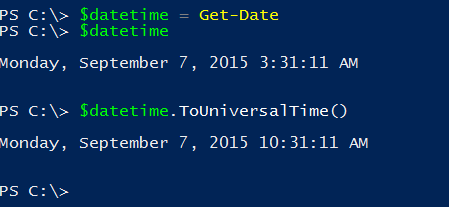

One shot tokens (described just above) should also have a limited lifetime. Objects with limited life - sessions should usually expire after an inactivity period which can be precisely defined for security reasons.For example, a record in a database can have, depending on utility, a time-based unique id as a primary key - that time can actually be the insertion time of the record into the database. Such conversations happen not only via networks between connected entities, but inside such entities as well between server modules that produce / store / consume information in any way that needs a key-based lookup. When multiple topics are involved, a UID is necessary to correlate asynchronous callbacks with initial requests. For example, in a web service context where one entity asks a question and the other answers asynchronously, there are many entities which can become request initiators but still refer to the same topic / conversation.
#Current utc time series

The 'uniqueness' idea comes to solve the sniffing (or one shot token theft) problem: a one shot token should have a lifespan of 'one attempt' (preventing further, malicious attempts) and for security reasons the lifetime of the one shot token itself should be minimised. One shot tokens are a way to authenticate a party to another. one shot tokens are usually encrypted strings sent between 2 parties that (want to) trust each other over a less secure medium such as a network requests / responses that can theoretically be sniffed. Unique security tokens that can be safely sent through the network - e.g.It's important to note though that a line such as the one above is normally indicative of poor logging because if the starting point is relevant it can be calculated programmatically (and printed) at the moment of logging. The starting point of the activity is relevant because other activities that ran in parallel can be investigated. The easiest way to manually deduce when the method started would be to convert 10:13:32:564 into milliseconds, subtract 3367, then convert back to a time. 10:13:32:564 | WARNING Activity X: took 3367ms, more than the 3000ms threshold programming efficiency: in most programming languages you have date/time objects capable of taking milliseconds since Epoch when constructed (which allows for automatic conversion to client-side timezone)Ĭode & architecture become simpler and more flexible when using this approach, which is also sketched below:.database simplicity: you store a number (milliseconds) rather than complex data structures like DateTimes.architecture clarity: server side works with UTC, client side shows the time through its local timezone.Therefore if you choose to store time as milliseconds since the Unix Epoch you have a lot of benefits: In my experience i found the perfect time-keeping architecture emerges naturally from this: the Unix Epoch is January 1st, 1970, midnight, UTC. It happens not only in Java but in other programming languages as well. Java's Calendar (and deprecated Date) itself stores time as milliseconds since the Unix Epoch.


 0 kommentar(er)
0 kommentar(er)
